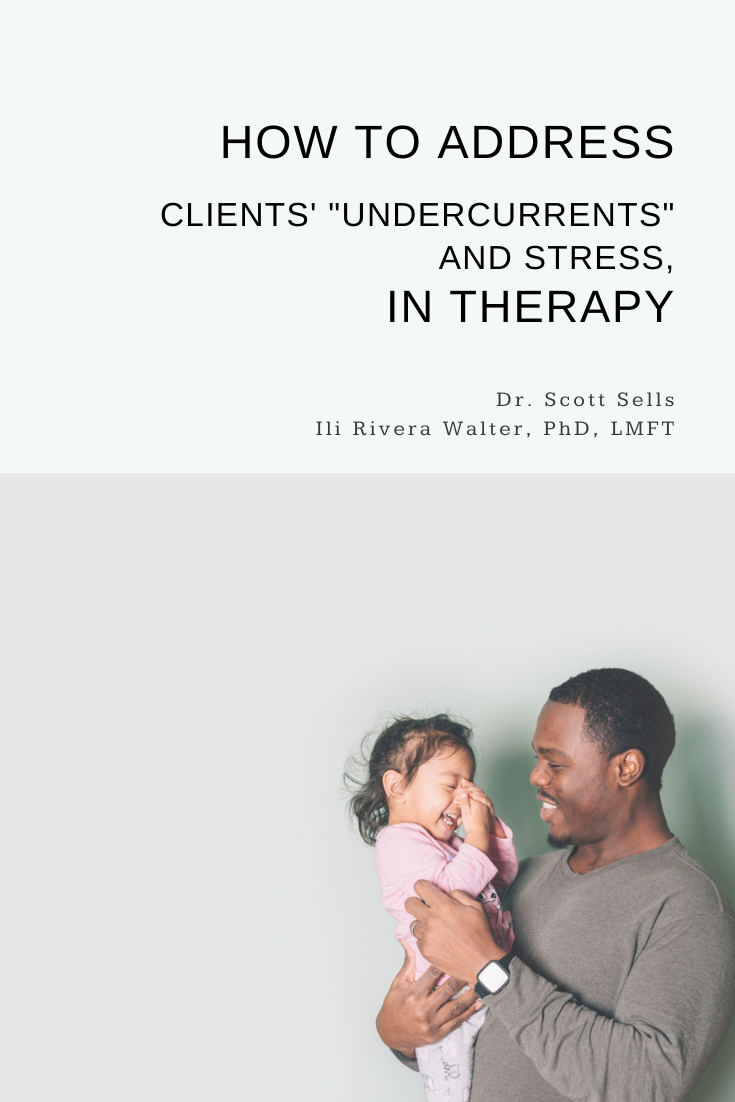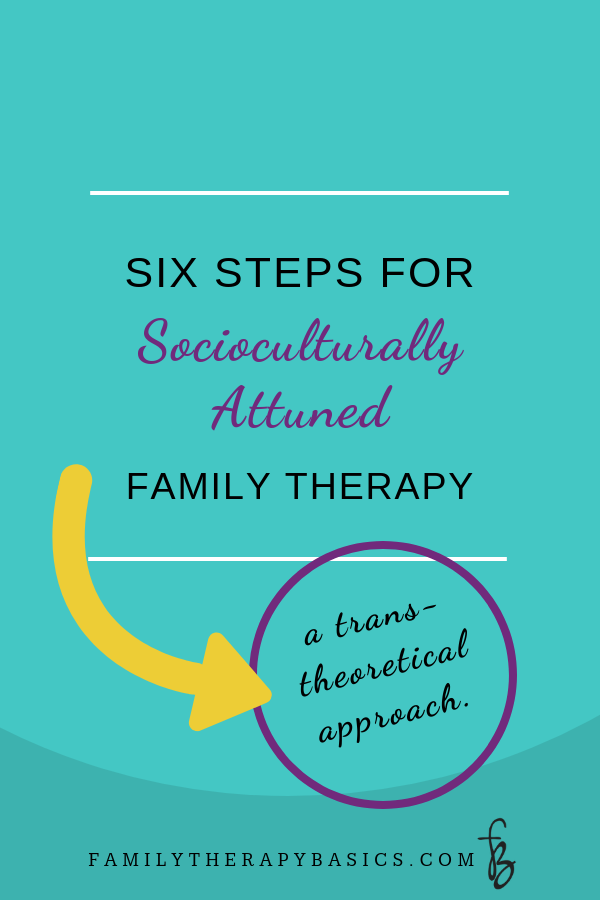*This post was originally published on January 20, 2018 and updated on November 15, 2023
Resilience is defined as “The ability to rebound from crisis and overcome life challenges” (Walsh, 2006). It includes a person's sense of hope, support systems, relational encouragement, and emotional endurance.
When families face a crisis, the members' willingness and ability to communicate honestly, tolerate uncertainty, and respect one another's differing needs both define and develop the family unit's resilience during and after the crisis.
In this post, I offer a relational definition of resilience, as well as frameworks for assessing and fostering resilience.
The Foundation of Resilience
A key factor for developing resilience in childhood and adolescent years, research shows, is being able to depend on at least one stable, safe relationship. Children learn resilience by being guided through emotional challenges. When parents, and therefore families, aren’t able to make meaning, see hope, or offer support and consistent communication, therapy can become the relational space for strengthening resilience.
Resilience is relational
Resilience is a reality of connection and interaction rather than a result of an individual's characteristics. A person's struggle to make sense of adversity, face challenges, and grow as a result reveals not their personal lack, but rather, their lack of relational resources.
Fostering Resilience
Walsh (2006) presents a framework for therapists’ work with families, founded on resilience as a relational phenomenon.
Family First
Accepting resilience as a relational reality, family members, must, together, work through crises. The family therapist is responsible for meeting with families and helping them move through difficulties as a family unit, while also establishing a safe environment where all family members can express their needs.
Context and Meaning in Therapy
Parents, along with their children, develop resilience through making meaning of their current distress. Guiding family members to place their situation on a larger timeline of their life and family story allows them to gain perspective on their crisis, while also remembering "good" times.
Additionally, therapists can offer families an understanding of family struggles as the result of increased stressors, loss, or trauma. Normalizing current relational distress by giving it context (i.e., allowing it to be understood as a result of stressors) offers family members the opportunity to have compassion for themselves, and decrease blame.
Facilitating Communication and Hope in Therapy
Hope is a protective factor against suicidal ideation and depressive symptoms (Huen, Ip, Ho, & Yip, 2015). When families are able to develop a positive outlook through connection, perspective, and seeing meaning in their struggle, hope emerges to comfort them during trying times. Hope is either fostered or hindered in families through repetitive communication patterns between family dyads, triads, and the family until overall.
Therapists support families through crises by facilitating the following essential components of communication that fosters resilience (Walsh, 2006, p. 136-137):
Clarity: Helping families acknowledge uncertainty, while sharing important details and expectations.
Emotional expression: Encouraging all family members to communicate their emotions openly, as they develop tolerance for difference as well as empathy for one another.
Collaborative problem solving: Therapists build families' confidence by inviting the family to set shared goals, recognize steps taken toward those goals, and celebrate successes.
“The secret of life, though, is to fall seven times and to get up eight times.” ~ Paulo Coelho
Mapping Resilience
Ungar (2016) presents “ a map of family resilience that is both systemic and contextually and culturally responsive” (p. 19). This map shows patterns of family resilence ranging from post-traumatic growth through maladaptive systemic responses. However, Ungar emphasizes that resilience mapped into these categories is mainly a function of research--a result of studying families rather than having a full picture of a family's resilience response. For this reason, in order to help families move through distressing events, therapists must assess "environmental load, discursive power, and timing."
Environmental load
A family's environmental load refers to stressors in the family's environment (Unger, 2016); that is, external stressors. These may appear as expected stressors, such as stress related to a move across states, or unexpected stressors, such as a job loss.
Discursive Power
Discursive power is the level of "power the family has to influence the social discourse that defines their coping strategies as patterns that maintain well-being rather than symptoms of disorder" (Ungar, 2016, p. 27), as well as their perceived discursive power.
Timing
Families are complex systems. Fostering resilience, including collaboration, clarity, and emotional expression, will most likely involve different skills depending on the developmental stage of the family. Levels of and movement between distance and closeness can promote or impede resilience, depending on each family members' needs. Therapists must assess and understand the family's unique situation in relation to environmental load, individual needs and expectations, as well as how these intersect with developmentally appropriate resilience responses.
Summary
Family resilience is a relational process influenced by each family's unique stressors and relational skills. Within therapy, families have the opportunity to place their crises in context, normalize their individual and collective struggles, and gain a sense of cohesion. Therapists soothe families by supporting a safe place for emotional expression, as well as allowing families to make meaning of adversity.
For more on family resilience, see the following:
References
Huen, J. M . Y., Ip, B. Y. T., Yip, P. S. F. (2015). Hope and hopelessness: The role of hope in buffering the impact of hopelessness on suicidal ideation. PLOS ONE, 10(6): e0130073. Retrieved from https://doi.org/10.1371/journal.pone.0130073
Ungar, M. (2016). Varied patterns of family resilience in challenging contexts. Journal of Marital and Family Therapy, 42(1), pp. 19-31.
Walsh, F. (2006). Strengthening family resilience (2nd ed.). New York, NY: Guilford Press.













